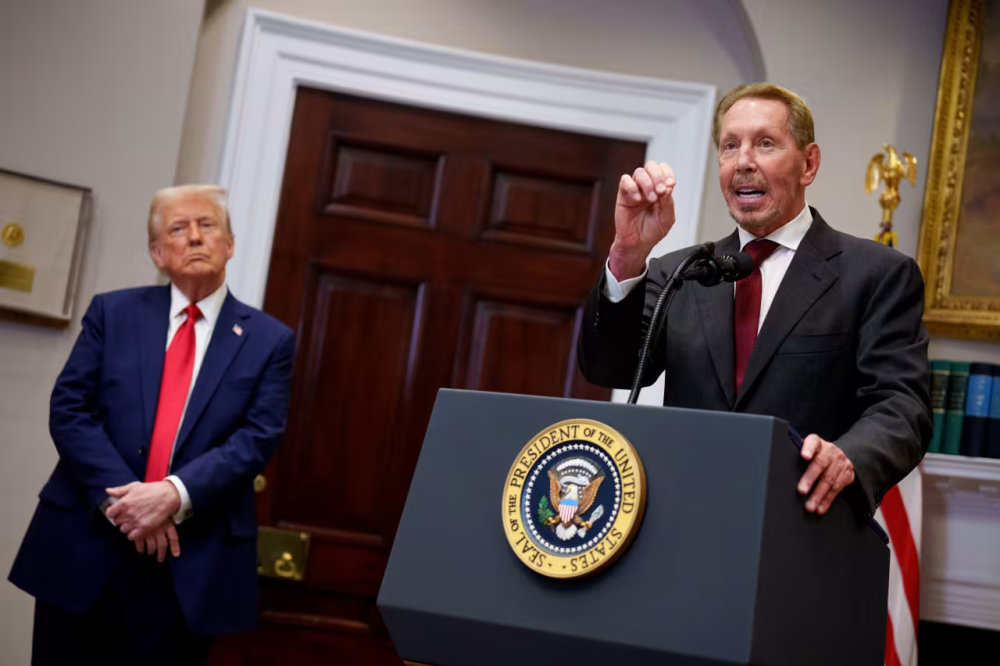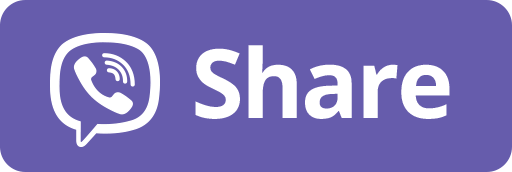Chiến lược thông minh của Oracle: Đầu tư 500 tỷ USD vào AI cùng OpenAI dù nguồn lực khiêm tốn
- Oracle được chọn làm đối tác công nghệ chính và nhà đầu tư cho dự án Stargate của OpenAI, với tổng vốn đầu tư 500 tỷ USD trong 4 năm tới.
- Dự án đã khởi công xây dựng trung tâm dữ liệu đầu tiên tại Texas, với 100 tỷ USD được triển khai ngay lập tức - gấp đôi tổng tiền mặt hiện có của Oracle và Softbank cộng lại.
- Chi tiêu vốn hàng năm của Oracle cho AI đã tăng lên gần 11 tỷ USD, so với mức trung bình 5,5 tỷ USD trong 4 năm tài chính trước.
- Giá cổ phiếu Oracle đã tăng 14% trong 2 ngày sau khi thông tin về Stargate được công bố.
- Oracle có vốn hóa thị trường 500 tỷ USD, là công ty công nghệ lớn nhất trong S&P 500 chưa đạt mức 1.000 tỷ USD.
- Tổng chi tiêu vốn của Oracle chỉ bằng một phần nhỏ so với 236,5 tỷ USD mà Microsoft, Amazon, Google và Meta dự kiến chi trong năm 2024.
- Dòng tiền tự do hàng năm của Oracle đạt 9,5 tỷ USD (tính đến tháng 11), trong khi Microsoft ước tính đạt hơn 70 tỷ USD năm ngoái.
- Oracle áp dụng chiến lược thuê mặt bằng trung tâm dữ liệu thay vì mua, cấu hình thiết bị để tối ưu hiệu suất và tiết kiệm không gian.
- Cổ phiếu Oracle hiện được giao dịch ở mức P/E trên 28 lần - mức cao nhất kể từ thời kỳ bong bóng dot-com.
📌 Oracle đã chứng tỏ tầm nhìn chiến lược khi tham gia dự án Stargate 500 tỷ USD cùng OpenAI. Dù nguồn lực tài chính khiêm tốn hơn các đối thủ lớn, công ty vẫn tạo được lợi thế cạnh tranh nhờ cách tiếp cận linh hoạt trong việc xây dựng và vận hành trung tâm dữ liệu.
https://www.wsj.com/tech/ai/how-oracle-plays-cheaply-in-ai-30d84030
#WSJ
How Oracle Plays Cheaply in AI
Software company has less spending power than other megacap techs, but partnerships and its data-center design give it flexibility
Oracle founder and Chairman Larry Ellison at the AI announcement Tuesday with President Trump.
When it comes to big techs, Oracle is hardly small-fry. But the 47-year-old software titan still has to play its hand deftly when it comes to the ultra-expensive game of artificial intelligence.
Its approach was apparent in the
high-profile announcement about the “Stargate Project,” which aims to invest $500 billion over the next four years to build new AI infrastructure for OpenAI. Oracle was named as both an equity investor and “key initial technology partner” for the project, and founder and Chairman Larry Ellison joined OpenAI’s Sam Altman and SoftBank Chief Executive Masayoshi Son Tuesday at the White House for the announcement.
Ellison noted Tuesday that construction on the initial data center for the project was already under way in Texas. Less clear is where such a staggering sum of money will be coming from. OpenAI said $100 billion was being deployed immediately, but that is more than double Oracle and Softbank’s combined total cash on hand. Elon Musk, backer of his own AI project, used his X social-media platform to
cast doubts about the financial backing for Stargate. Oracle has already
ratcheted up its capital expenditures on AI significantly, with annual total capex now nearing $11 billion annually compared with an average of $5.5 billion over the last four fiscal years.
Oracle’s
share price has jumped 14% over the last two days since Stargate was first reported, so Wall Street doesn’t seem terribly worried about who is footing the bill at this point. Analysts instead noted that Oracle’s prominent Stargate role solidifies the position of its cloud unit known as OCI as an important force in powering generative AI workloads.
“We believe this is a win for Oracle, if for no other reason than further cementing OCI’s relevance in the future of AI,” wrote Brad Zelnick of Deutsche Bank. “Clearly, the fundamental impact from Stargate remains to be seen, but the announcement is a reminder that Oracle is well positioned to be a major player in the build out of AI infrastructure,” wrote Kirk Materne of Evercore ISI.
Still, while Oracle’s $500 billion market cap makes it the largest tech company on the S&P 500 not valued above $1 trillion,
it still has to compete with bigger players with much more spending power. Even the company’s recently raised capex bill is a fraction of the $236.5 billion Microsoft, Amazon, Google-parent Alphabet and Meta Platforms are estimated to have spent combined in 2024, according to Visible Alpha. Oracle is the only one of those five whose debt exceeds its total cash, and its annual free cash flow totaled $9.5 billion for the 12-month period ended November. Rival Microsoft is estimated to have generated a little over $70 billion in free cash flow last year, according to consensus analyst figures on FactSet.
Analysts say Oracle’s unique approach to data centers allows it to compete effectively with much deeper pockets. Mark Moerdler of Bernstein says the company rents a lot of its data-center real estate instead of buying and that it and configures its equipment to make those spaces smaller and boost its performance efficiency. In a report last month, Moerdler noted that “the smaller footprints enables Oracle to more closely match their capex with customer’s consumption and thus revenue, as they can expand as customers need it.” He estimated that Oracle’s approach allows it to devote a much greater portion of its capex to acquiring computing equipment relative to the much bigger spender Microsoft.
Oracle has
already projected strong growth for the years ahead. Its stock is now fetching a multiple of more than 28 times projected earnings—a level last seen in the original dot-com boom. But that is still cheap relative to its biggest cloud rivals Microsoft and Amazon, and for a company that is in a prime position with the new administration. President Trump even used Tuesday’s occasion to voice support for the idea of Ellison buying TikTok. Getting a growing piece of the AI pie, however, is what will really keep Oracle’s investors dancing.




